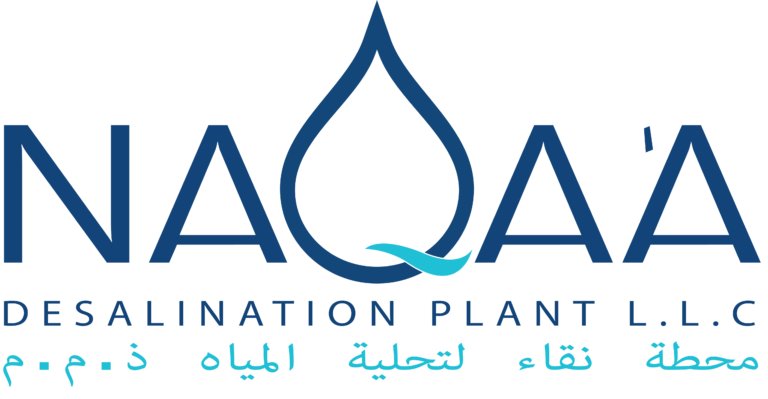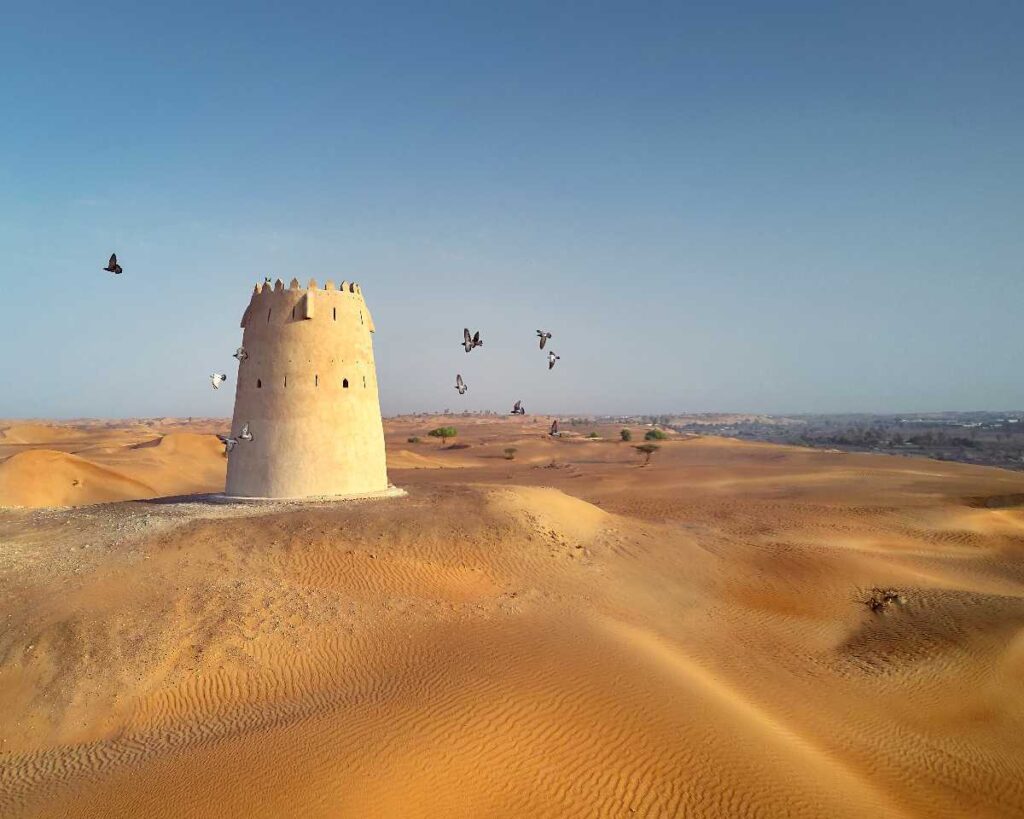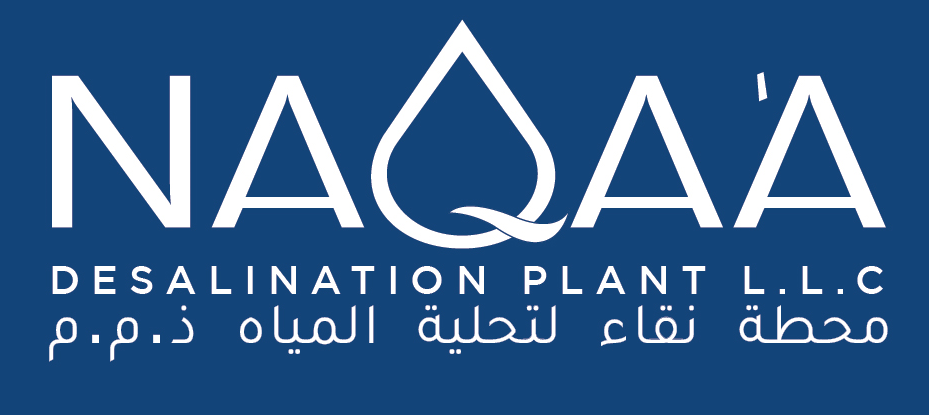
Home » Heritage
Falaj al Mualla – Umm Al Quwain
Blending the water, desert, and sun together to form a naturalistic working environment front lining the brand blue and incorporating the essence of the company’s values and purpose.
The Falaj system – an innovative technology to bring life to the environment 5000 years ago by bronze age settlers. Translated from Arabic ‘Aflaj’ meaning ‘split into parts’ the irrigation system evenly divided water between farms, therefore it is known as Falaj.
Falaj Al Mualla is the inland oasis town of Umm Al Quwain. Originally called Falaj Al Ali, after the Al Ali tribe who settled there from the island of Sinniyah when the water supplies on the island were depleted. Falaj Al Mualla is located some 30 km inland of the city of Umm Al Quwain.
Falaj Al Mualla is notable for its fort and also three watchtowers (east, west and north), which guard the fertile wadi. It is also the site of a bathing house, built in the early 19th century – as was the fort – by the Ruler of Umm Al Quwain, Abdullah bin Rashid Al Mualla. The construction of the fort has been dated back to 1825.
The fort today houses Falaj Al Mualla museum.
A fertile area, irrigated by aquifers flowing down from the Hajar Mountains, Falaj Al Mualla has long been associated with farming, with some 60 families traditionally making a living from the 5,000 date palms in the oasis.
The agricultural trial station at Digdaga, established in 1955, maintained five acres of experimental pasture in the area and Falaj Al Mualla was the site of the first poultry farm in the UAE.

